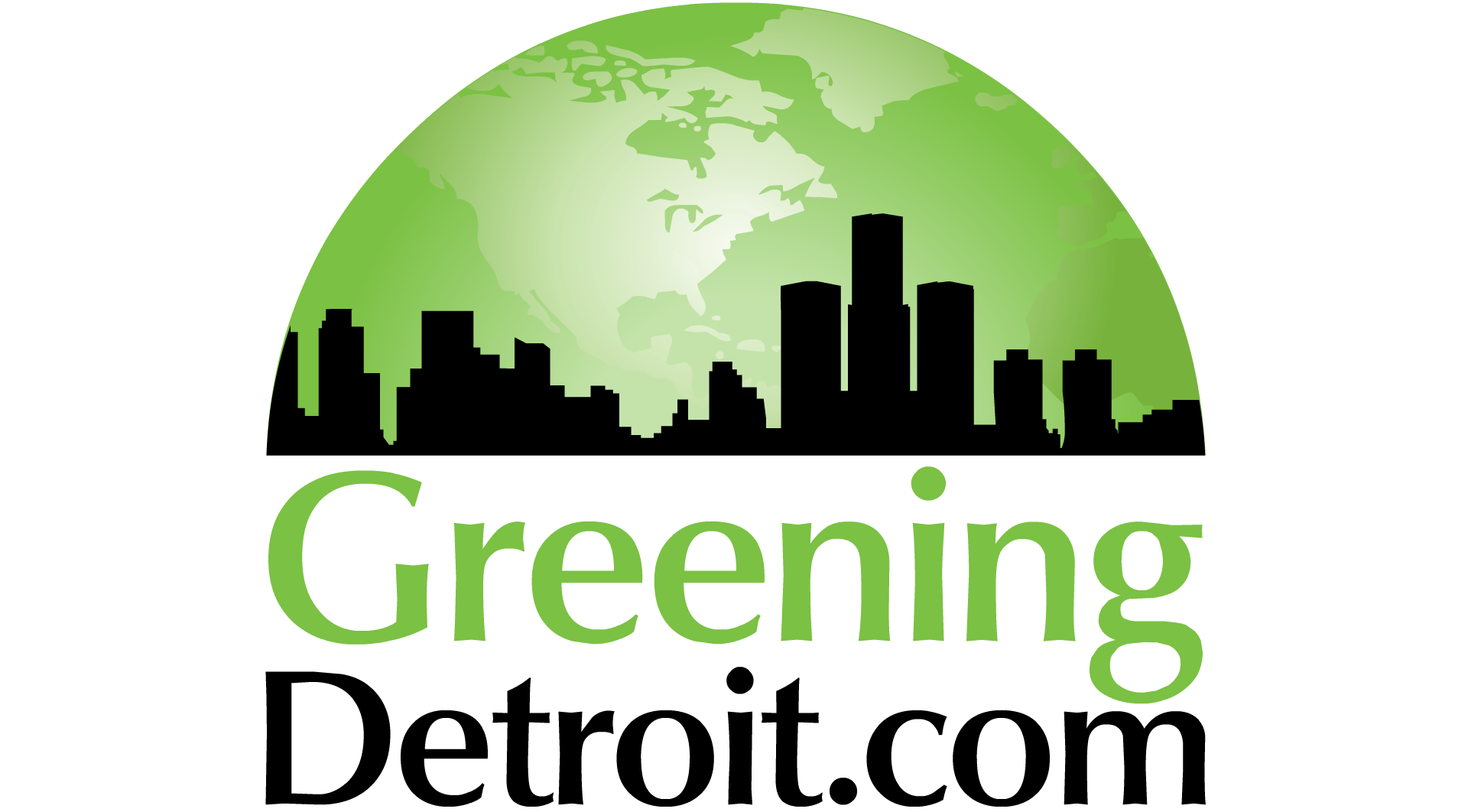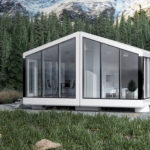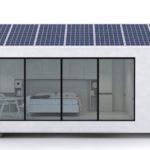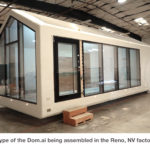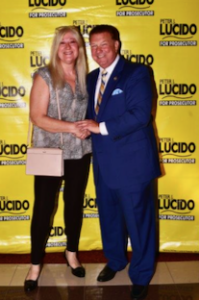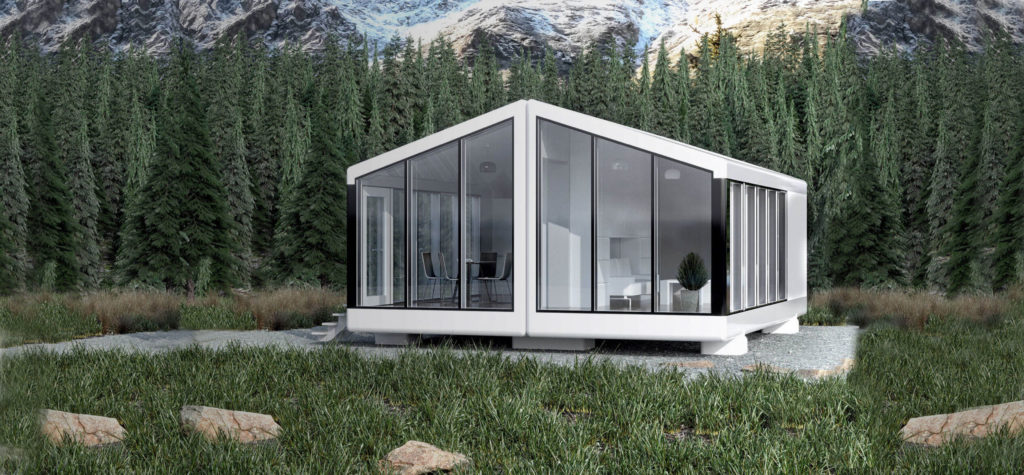
By Douglas Elbinger, Energy Systems Finance, Newman Consulting Group LLC
The oldest evidence associating the control of fire with Homo Sapiens is found at Israel’s Qesem Cave dating back 400,000 years. Since then, caves have evolved into pretty nice homes…but what hasn’t changed is that we are still burning fossil fuels or wood to cook and keep warm. This is about to change. Advancements in technology, design strategies, and market capacity have brought Zero Energy construction to the mainstream.
Studying the market for manufactured, modular, and passive homes for the last several years, I have been impressed with continuous advances in construction methods and materials used to make them faster, better, cheaper…and more efficient. When I first stumbled upon the Dom.ai website (www.passivdom.com) it left me with that this is too good to be true feeling. I just had to see this for myself. I followed the progress of this Ukrainian start-up to Reno, Nevada, where they are building prototypes and getting ready to scale up production to be better positioned for international growth. In October 2018, I made a trip to Reno to see this for myself and meet the principal inventor, Max Gerbut. I was not disappointed. Max has a Ph.D. in engineering and solid state physics. He built the first prototype houses in his native Ukraine to prove the concept and then moved the company to Reno last year.
“Dom.ai is the world’s first mobile and transportable house with Passive House certification,” said Gerbut. “The use of advanced materials and unique developments by our engineers, the Dom.ai has the highest thermal performance of any manufactured residential building in the world. That’s why it is possible to realize full off-grid autonomy in arctic or tropic climates without a fuel-fired heating or cooling system.”
Let’s Look at the ‘Envelope’
It is common knowledge that most windows are the functional equivalent of a hole in the wall, and the Dom.ai has a large window-to-wall ratio. Accepting this challenge, principal designer and CEO Max Gerbut states, “Our windows save 14x more energy than typical double-pane window. Windows with an R-value of 5 are some of the most energy-efficient windows commercially available in the U.S. As a comparison, Energy Star–rated windows typically hold an R-value of 3. Our gas filled six-pane windows are rated at an astounding R-35.” Since I’d never seen any windows like this before, I carefully examined them in the prototype, and yes, R-35 is a reasonable rating. Speaking of windows; in place of curtains or drapes, the windows are equipped with ‘electrochromic glass,’ which allows you to adjust the transparency of the windows to suit your need for privacy or natural light.
Dom.ai is engineered to attain a 20x better energy efficiencycompared to a typical Michigan code built house. The envelope is about 10 inches thick made of a 3D-printed shell filled with a polymer composite that clocks in with R-80 rating. Yes. You read that right, R-80. Layer by layer, the seven-axel robot prints the floor, walls, and roof, made of carbon fiber, polyurethane, resins, basalt fibers, and fiberglass. It takes about eight hours to print the shell for the basic 400 square foot model. The windows, doors, plumbing, electrical systems, and finishes are then added by skilled humans. Although PassivDom is not the only company using 3D printing to build homes, it is the only company using this patent pending composite material for the extraordinary insulation ratings.
Off-Grid Sustainability
Right out of the box, the Dom.ai is absolutely-self-sustainable and off-the-grid. The home can be set in place and doesn’t need to be connected to anything. No electric lines, no water /sewage hook-up, no propane tanks, no gas lines, or firewood.
Clean energy and sustainability is the core focus of design. Built into the roof are solar panels connected to a battery (located in the floor) with sufficient energy to power the house for weeks. Water is harvested from the humidity in the air. Depending on the climate and utility rates, the Dom.ai can save over $2,500 a year in energy and water expense. Living off-grid doesn’t mean that you should forego the benefits of smart home technology. There are no compromises in its designed for comfort. It is pre-equipped with everything you need – furniture, and a full range of kitchen appliances.
Modular Construction
The modular construction allows for the units to be combined to create a larger building. The units are transported on a flat-bed truck and hoisted into place…with or without a foundation. It can be placed on any solid, level ground surface. The modular construction can be configured as a primary residence, a guest house, a vacation home, or a unit for rent…think AirB&B. If necessary, it can be easily relocated. The basic unit ModulOne has


This virtually maintenance-free house can arrive as a basic no frills DIY, or with a fully equipped kitchen: microwave oven, refrigerator, dishwasher, coffee machine; bathroom: toilet, shower, combo washer/dryer, sink. A sofa-bed or queen bed, table, chairs, kitchen cabinets, closet also included.
The house is so efficient that Dom.ai can be heated and cooled with solar power only, even in foggy, cold, and overcast climates. The engineered systems include climate control featuring an externally (but hidden) mounted Mitsubishi heat pump and air conditioner that you’ll rarely need to use. In mild climates, body heat should suffice. Air quality system: HEPA filtration, antibacterial system, CO2 & humidity sensors and controls. Energy: embedded in the roof is a solar array connected to a LiFePo4 battery for storage. Sewage: integrated greywater tank and greywater filter, integrated blackwater tank for the toilet, external big capacity tank or septic system is also an option. The Dom.ai can be easily hooked-up to regular electric grid, water and sewage connections when available. The Dom.ai supplies its own water with an air-to-water system (reverse osmosis water condensation from humidity in the air), or you can pour water into the system yourself. Add-ons include a Sonos speaker system, Nest camera and thermostat, Apple TV, 100″ projector screen, 24/7 internet connection, and even a fingerprint-activated security door lock.
I almost forgot to mention this home can be monitored off your phone. Each house is further monitored and guaranteed by the manufacturer. A cloud-based video surveillance and alarm system promises to keep your home safe. Check out the www.passivdom.com website for contact information and current prices. Once the production is scaled up, Max says the house can be shipped to your location from stock. No permits required in most places and except for site preparation – this house is move-in ready.
Note: For clarification Dom.ai is the name of the product and PassivDom LLC is the name of the company. I think the .ai indicates artificial intelligence.
About the author

Doug Elbinger
Over the last dozen years, Doug has focused his efforts on renewable energy and energy conservation. In 2011, he co-founded the Detroit, Michigan based Greenlancer.com, a cloud-based solar energy design service and one of the Quicken Loans family of companies. More recently, he has become an advocate for PACE (Property Assessed Clean Energy) financing and partnered with Newman Consulting Group LLC, an internationally recognized team of experts in commercial and industrial energy management, to help building owners and facility managers implement energy conservation measures.
Elbinger serves on the board of directors of the Michigan Energy Efficiency Contractors Association (www.MEECA.info) and is a regular contributor to www.greeningMichigan.com, Environmental Network News (www.enn.com), Renewable Energy World (www.renewableenergyworld.com) and Construction Association of Michigan Magazine (www.buildwithcam.com). In 2016, Doug was named Director of the Michigan Sustainable Living Summit by the Great Lakes Renewable Energy Association (GLREA.org).
